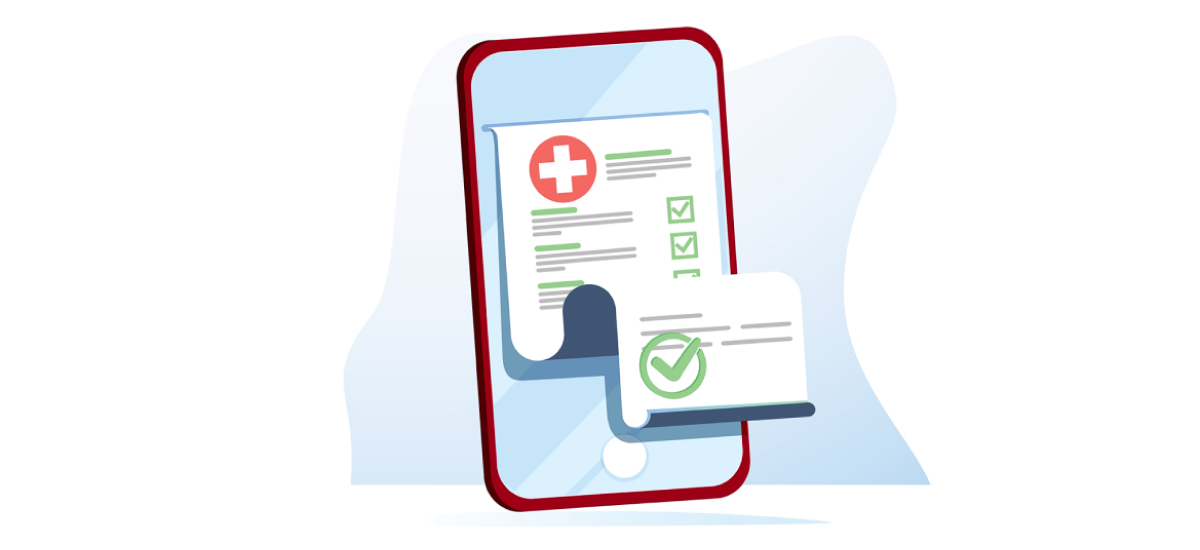Health insurance is an integral part of life, it assures us that we will have the resources we need to fight medical emergencies at the hour of need. Post-COVID-19, having health insurance has become a non-negotiable priority. Hence, it is integral to familiarise oneself with the key components of health insurance. Non-medical expenses are often overlooked, despite being a part of the costs incurred during a medical stay. It's not something you don't know about but a vital component you generally don't pay attention to. Here is an article introducing you to non-medical expenses and how they might affect your insurance premiums. Customise your insurance with the D.I.Y health insurance plan and learn about non-medical expenses in health insurance.
What are non-medical expenses?
Non-medical expenses in health insurance encompass charges that are not directly related to medical treatment or services. These include administrative fees, insurance premiums, and other costs connected with managing and maintaining a health insurance policy.
Non-medical expenses add to insurance firms' overall operational costs and are considered in premium calculations. While medical expenses pay for actual healthcare services and treatments, non-medical expenses support the insurance system's administrative activities and operational infrastructure. Balancing medical and non-medical components is critical to the successful operation of health insurance programmes.
Non-medical costs in health insurance include costs of marketing, sales, and customer support. These components help in policy enrollment, communication with policyholders, and overall client satisfaction. Achieving a balance between medical and non-medical expenses is critical for a viable and responsive health insurance system.
What are non-payable lists of insurance companies?
The non-payable items list in health insurance policies specifies which medical bills, treatments, and ailments are not covered by the insurance company. These exclusions help to clarify the scope of coverage and describe situations in which the insurance company will not compensate the customer.
Pre-existing conditions during the waiting period of the insurance may be excluded. Cosmetic or elective operations, non-allopathic treatments, and experimental procedures may be non-payable as well. Besides, congenital conditions, injuries sustained in dangerous activities, and self-inflicted injuries may not be covered. Policies may also exclude coverage for war-related injuries, HIV/AIDS care, and infertility treatments. Routine dental and optical care are often not covered; however, additional coverage may be provided.
What is the IRDAI non-payable list?
The IRDAI is the Insurance Regulatory and Development Authority of India (IRDAI). They issue an IRDAI non-payable items list in health insurance that notifies about healthcare costs or treatments not covered by health insurance policy in India. This list helps policyholders understand the limitations of their health insurance coverage and what expenses they may have to incur on their own. This list includes several categories.
Optionals
• Food (other than those provided by the hospital).
• Mineral Water
• Food for babies
• Nebuliser kit
• Laundry and attendant costs
• A thermometer
• Belts and braces
• Beauty services
• Carry bags
Non-medical expenses in treatment
During hospitalisation, healthcare personnel use certain materials for therapy. Here are the non-medical expenses incurred during therapy:
• Registration/admission fees
• Disinfecting agent, and hydrogen peroxide.
• Urine canister
• Infusion pump charges
• Blood reservation cost
• Nutritionist or dietician charges
• Vaccination costs
• An antiseptic mouthwash
• HIV kit
• Diabetes sandals
Non-medical expenses that are a part of the room charges
• Hand wash and paper napkins
• Housekeeping fees
• Comb, hats, and slippers
• Toothpaste and toothbrush.
• Pulse oximeter
• Gown
• Foot cover
• Cold pack or hot pack
• Buds
The exclusions are applied throughout the health insurance business. The IRDAI has set a list of non-medical charges, which is available on the insurer's website. To be a wise health insurance buyer, you must understand the policy's coverage and exclusions to avoid surprises in the future, particularly during unexpected hospitalisation. Plan your and your loved ones' future with the FG Absolute Health plan today.
Who pays for the non-medical expenses of health insurance?
Are you wondering whether you have to pay for the non-medical expenses of healthcare as per your health insurance policy? You might be right because most insurance companies include a non-medical expenses list as a small part of the premium.
Insurance companies set premium rates based on a variety of criteria, including expected medical costs for covered services, administrative expenses, marketing, and the need for a profit margin. The total of these costs is distributed among all policyholders via the premiums they pay.
Customers indirectly contribute to the non-medical expenses list by paying health insurance premiums. The insurance firm collects these premiums from a large number of policyholders and uses the money to run both the medical and non-medical items of its operations. Get your own comprehensive FG Health Elite insurance plan today.
Non-medical expenses in health insurance include administrative, marketing, underwriting, and customer service costs. The IRDAI non-payable list mentions fees that are not covered by health insurance. It includes optional goods, non-medical expenses during treatment, and accommodation rates. Policyholders must understand these exclusions to avoid unexpected charges.
























